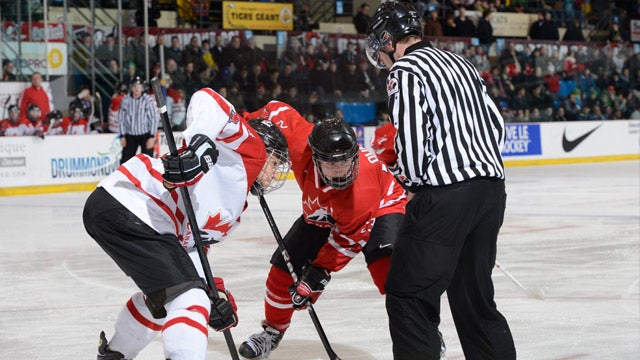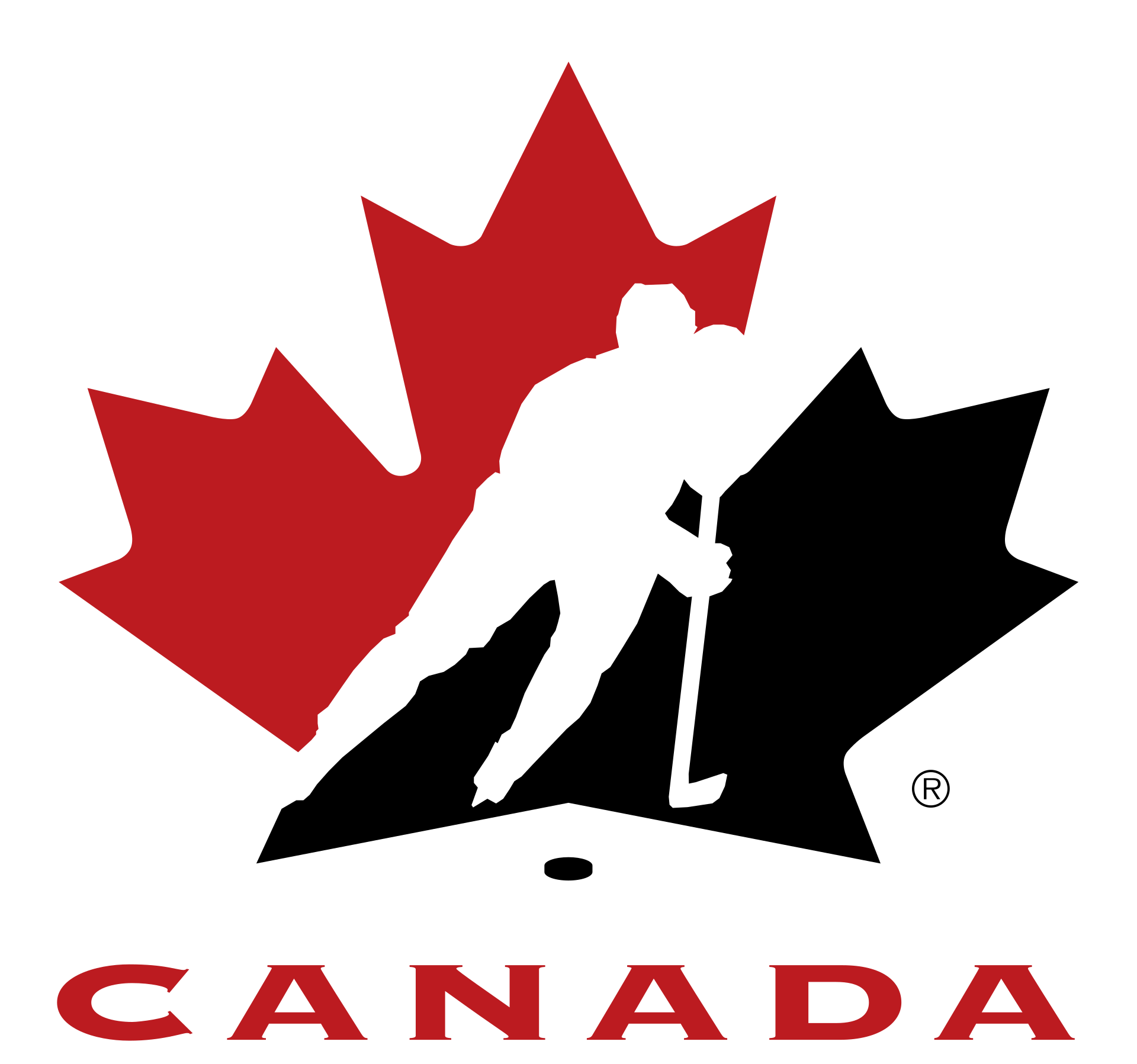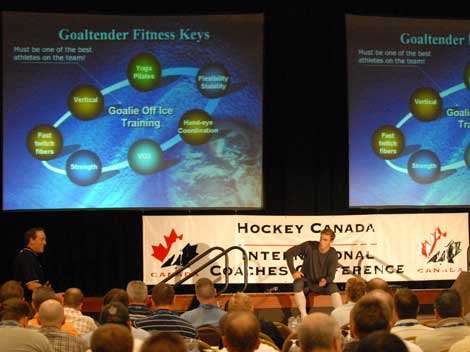Emergency Action Plan for On-Ice Officials
Learn the roles of a referee and linesperson in case of an emergency

The official continues to assume the role of being in charge of the overall environment; however, the safety person takes over with respect to executing the Emergency Action Plan (EAP) and in making decisions around the injured player.
In a situation where a player is injured on the ice, the following are the responsibilities of the game officials:
- Once the injured player’s team takes possession of the puck, the referee blows down the play. If the injury is deemed serious by the referee, they may blow down the play immediately.
- Once play has stopped, the referee should signal the safety person on to the ice. If possible, a linesperson should help the safety person to the injured player. It is recommended that the officials pre-determine as a group who will give this assistance in the case of an injury. If the officials are otherwise occupied, the safety person can leave the bench immediately once the play is blown down if they feel the injury is serious.
- As the safety person assesses the player’s condition, officials should ask both teams to go to their benches and the officials should remain on the ice and in control of both teams.
- If an official is a medical professional or has first-aid training, they should advise the safety person of this and remain close to the safety person in case they ask for assistance.
- If the safety person requests assistance from someone in the stands, the officials should allow this person on to the ice surface, assisting them to the injured player and safety person.
- Once the safety person has determined the player can be removed from the ice, the official should allow the safety person to take the lead in removing the player safely.
- If the safety person deems necessary and requests an ambulance, they will signal to the call person in the stands. The call person has been trained to come to the ice surface and out to the safety person to receive information on the injury. The official should assist the call person on and off the ice.
- Once the ambulance is called, the officials should send both teams to their dressing rooms. The officials can also work to assist the safety person as required once both teams are in their rooms.
- If the parents of the injured player come to the ice surface, the officials should use common sense. For example, if the player is very young it may be beneficial to have one parent come out to the player to comfort them until the ambulance arrives.
- Once the ambulance arrives, the paramedics take control of the situation and the official should stand by to assist in any way possible.
Lee Boyadjian - November 27, 2025
Lee Boyadjian - September 19, 2025
September 17, 2025
Shannon Coulter - September 15, 2025


 HOCKEY CANADA
HOCKEY CANADA


